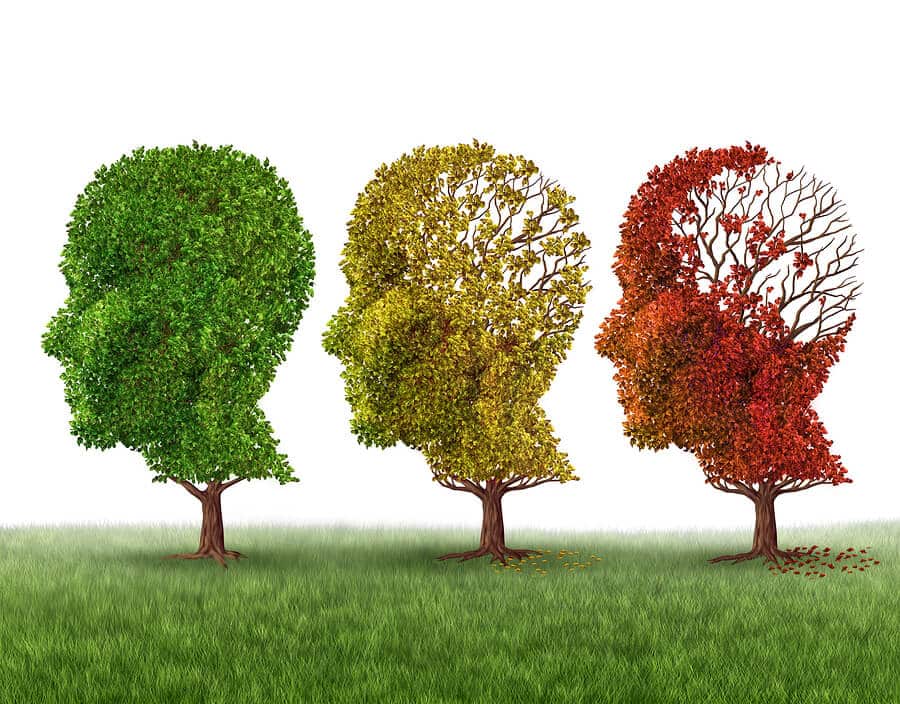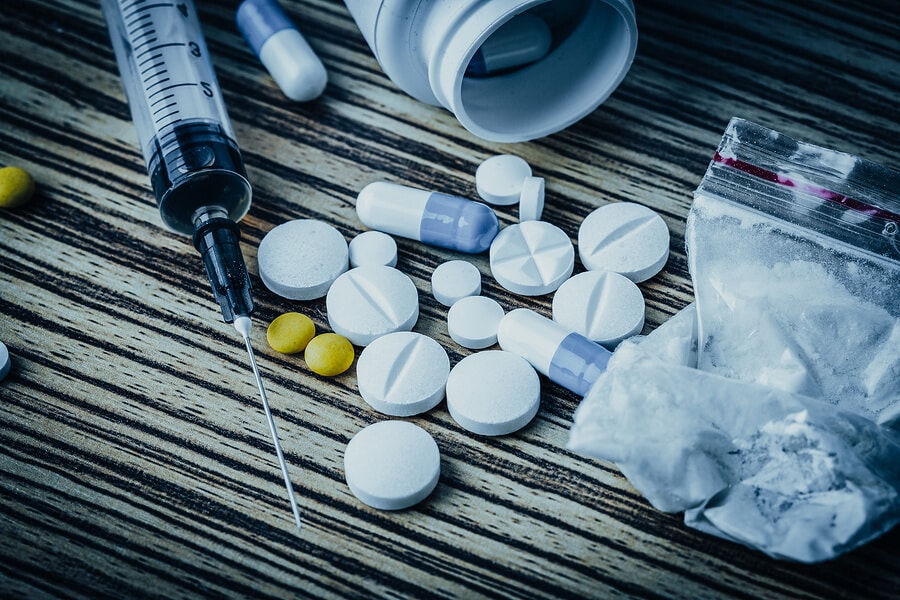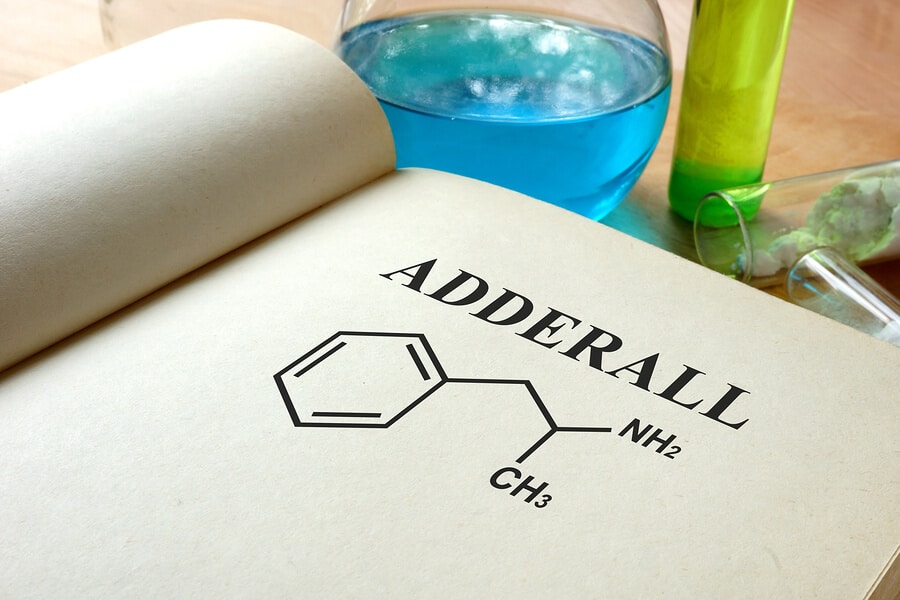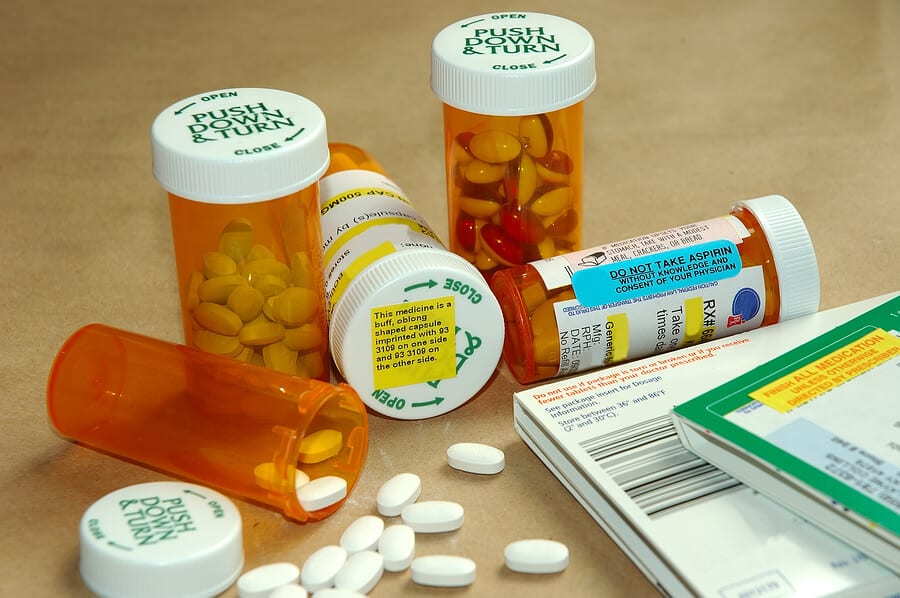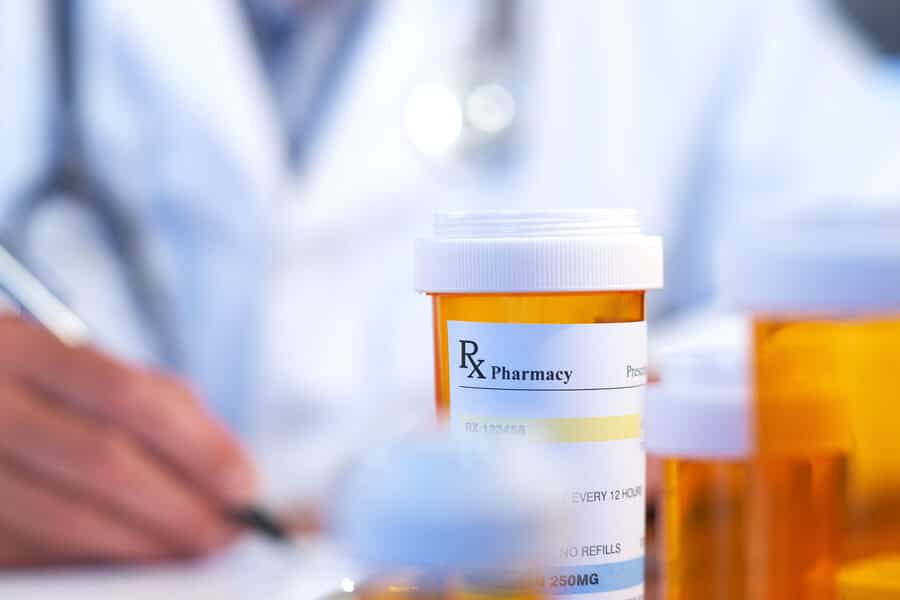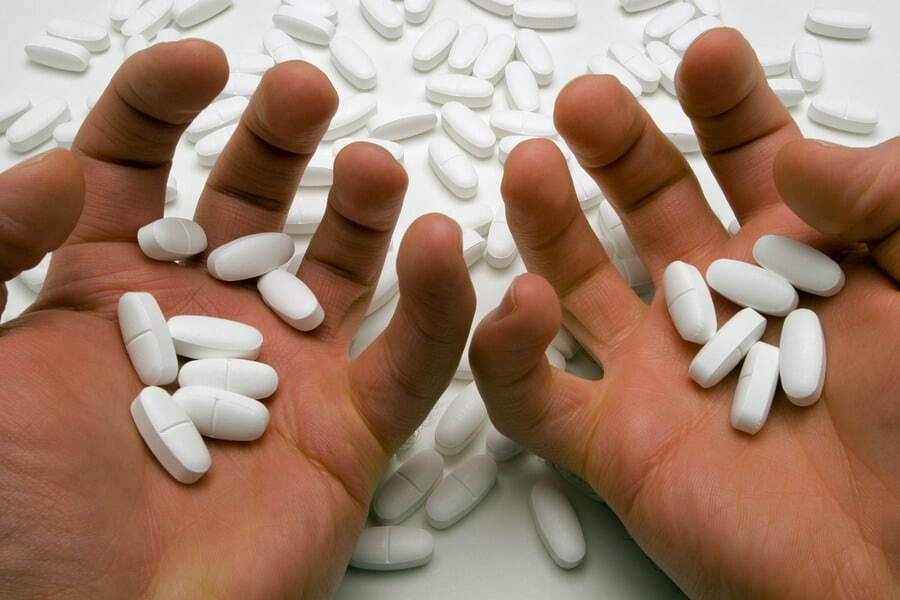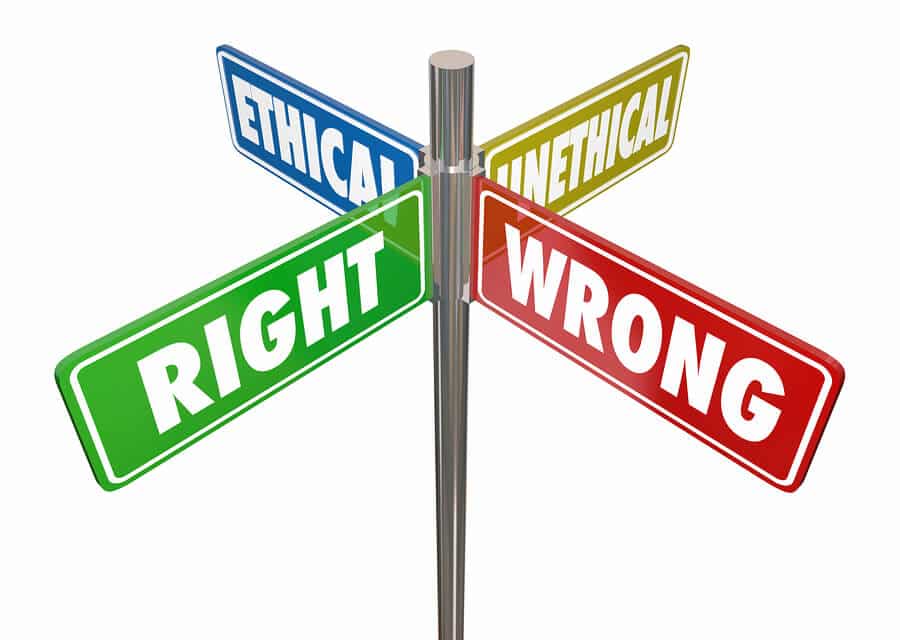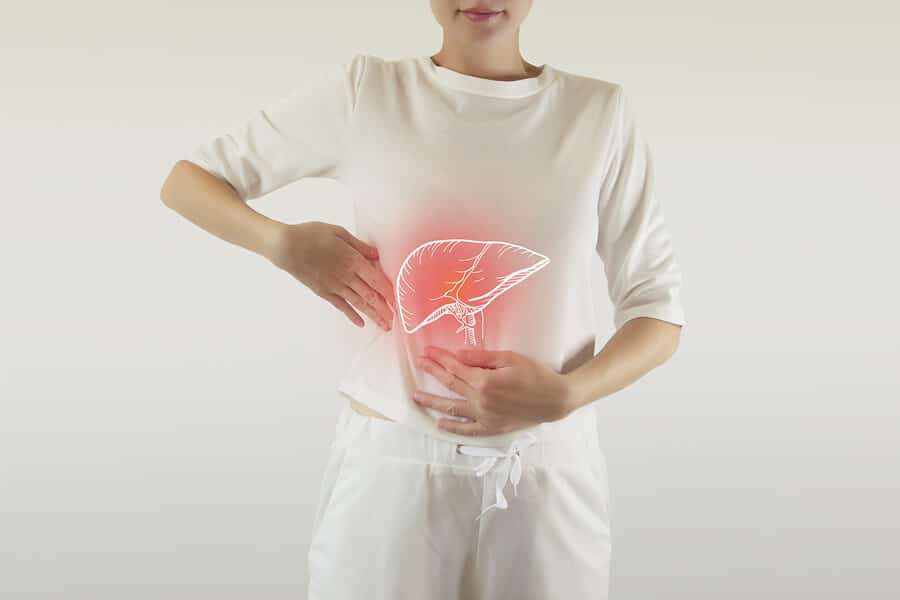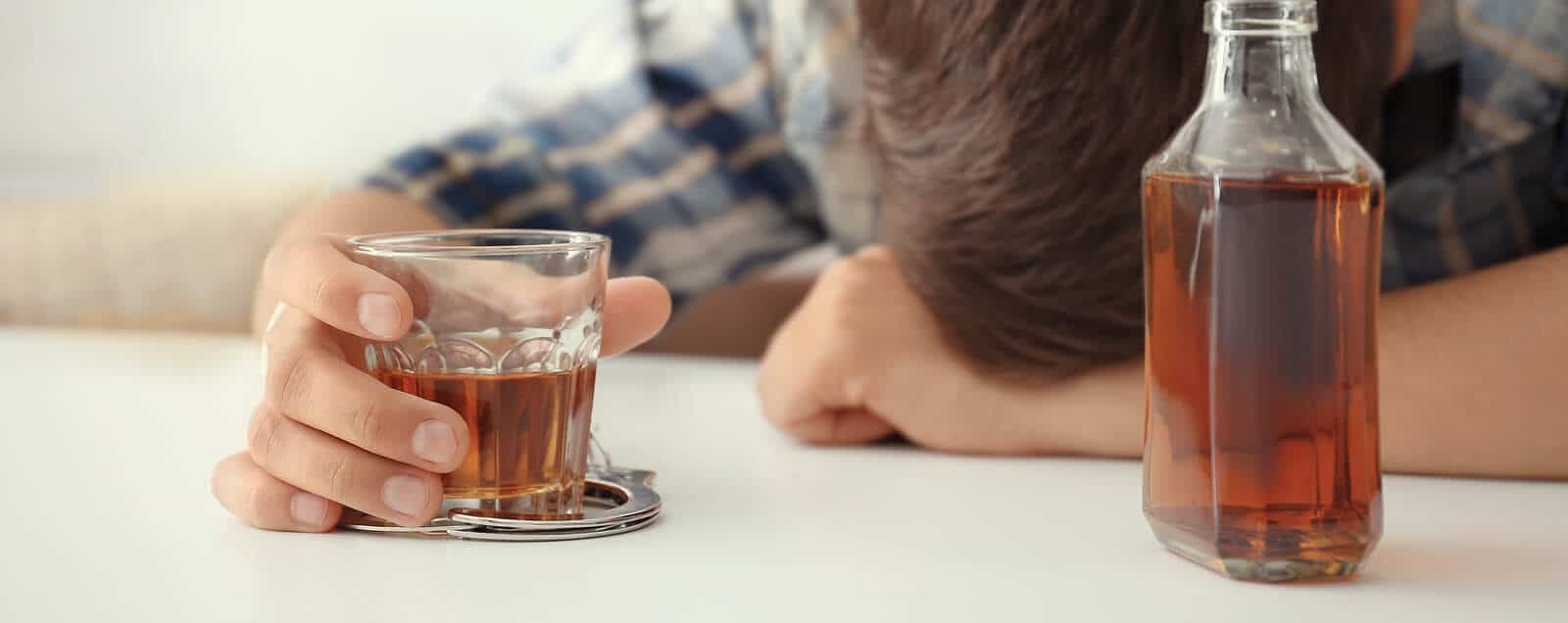
Many individuals with an alcohol use disorder (AUD) do not at first realize that their drinking has gotten out of control. It is critical to be conscious of how much you are drinking and how your alcohol use may impact your life and those you care about around you.
Identifying a Drinking Problem
To determine a patient’s likelihood and severity of alcohol use disorder, doctors may ask any of the following questions:
1. Have there have been times when you ended up drinking more alcohol or for longer than you originally intended?
2. On multiple occasions, have you tried to decrease or stop drinking but found that you could not?
3. Have you spent a considerable amount of time drinking or recovering from drinking (hangovers)?
4. Have you wanted a drink so badly you couldn’t think of anything else?
5. Have you found that drinking or recovering from drinking has often interfered with work, family, or school obligations?
6. Have you continued to drink alcohol even though it was having a negative effect on your relationships (e.g., family or friends)?
7. Have you neglected or cut back on activities that were once important, interesting, or pleasurable to you in favor of drinking?
8. Have you gotten into situations during or after drinking alcohol that increased your risk of getting hurt (e.g., swimming, driving, using machinery, walking in a dangerous area or having unsafe sex), on multiple occasions?
9. Have you continued to drink alcohol although it was making you feel depressed, anxious, contributing to another health problem, or after experiencing a memory blackout?
10. Do you need to drink more than you once did to achieve the effect you desire or found that consuming the typical number of drinks has had a diminished effect?
11. Have you found that when the effects of alcohol were wearing off, you experienced withdrawal symptoms, such as difficulty sleeping, shakiness, restlessness, nausea and vomiting, sweating, racing heart, or a seizure?

The preceding questions are based on criteria put forth in the Diagnostic and Statistical Manual of Mental Disorders, Fifth Edition (DSM-5).
The number of “yes” answers determines the severity of an AUD. According to the DSM-5, if a patient answers “yes” to two or three of these questions, they likely have a mild alcohol use disorder. Those who affirm four to five are moderate cases. Those who identify six criteria or more are believed to be severely impacted by their alcohol consumption.
Questions to Ask Yourself
Diagnostic criteria aside, much of the time a person doesn’t need a doctor to identify the presence of a drinking problem, but they do need to ask themselves some questions, answer them honestly, and give them serious consideration.
If you are completely honest with yourself, you might be able to think back and recognize that you were considering the possibility that your drinking was problematic for some time. You may have justified certain behaviors, such as blacking out and constant hangovers, by telling yourself that they happen to everyone – as if that were a good enough excuse.
If you’ve had even a passing thought that you might have a drinking problem, you should look deeper. Consider your relationship with alcohol, and ask yourself whether or not anything has really changed. People who don’t have a drinking problem don’t normally entertain these thoughts.
If you’ve experienced a day where you feel sick and hungover after drinking, such as feeling fatigued, encountering anxiety or depression, having stomach or liver pains, having a headache, or regretting things you did while intoxicated, this could be a red flag that should alert you to examine your relationship with alcohol. People who truly drink in moderation do not typically experience these symptoms the day after.
These events may be closely related to feeling physically different after a night of heavy drinking. If you’ve experienced negative consequences such as injuring yourself or someone else, having brushes with the law, breaking or losing your cell phone, having a purse stolen, or not remembering what exactly happened, you might have a drinking problem.
Other consequences may include fighting with your partner, being late to work or calling in sick, and experiencing strained relationships with friends and family. Due to alcohol’s antagonizing nature, it could be that most people who have consumed alcohol have experienced one or more of these consequences. When they start to accumulate, however, is when you should become very concerned.
Moreover, ask yourself if these adverse consequences would have happened if you hadn’t been drinking.

If you’ve attempted several times to achieve moderation while drinking but always revert to drinking in a way that is unhealthy, it’s safe to say that you are misusing alcohol. Indeed, this is one of the classic signs that someone needs to get sober.
Many people who have a drinking problem have felt the desire to find a balanced relationship with alcohol for a long time. They try to regulate their drinking but fail over and over, and ultimately feel desperate, hopeless, and unhappy. But for these people, achieving such a balance can be very challenging, and may seem impossible.
If you are feeling bad about yourself for not being able to find that balance, you are not alone. It’s inconceivable for many people who suffer from alcohol use disorders, and sobriety helps to alleviate that pressure.
Another question you might find yourself asking during your drinking periods is what life would be like without alcohol. You may have wondered if it is possible to quit, and if you could, what kind of life would you have.
Would it be more fun, exciting, or interesting? Would you still meet fun people and have good times? Would you ever be able to eliminate your feelings of shame and guilt?
If you’re wondering about any of this for yourself, you might want to consider giving sobriety a real shot and see how it works out. You might be pleasantly surprised.
These are just five indicators that you might have a drinking problem. There are many others, but for those who struggle with knowing whether or not they need to quit, these critical questions and feelings can be the catalyst to seeking and receiving help for your alcohol use disorder.
Treatment for Alcohol Use Disorder

Depending on the severity, persons who are suffering from alcohol use disorders and find themselves unable to quit should seek treatment in a partial hospitalization, intensive outpatient, or regular outpatient program.
Harmony Treatment and Wellness center offers these integrated programs, which include therapeutic modalities essential to addiction recovery such as behavioral therapy, psychoeducation, individual and family counseling, and group support.
We employ compassionate medical and mental health staff who provide clients with the resources and support they so direly need to achieve abstinence and sustain long-term wellness and sobriety.
You can experience the fulfilling life you deserve, free from substance use! Contact us today to find out how we can help!



